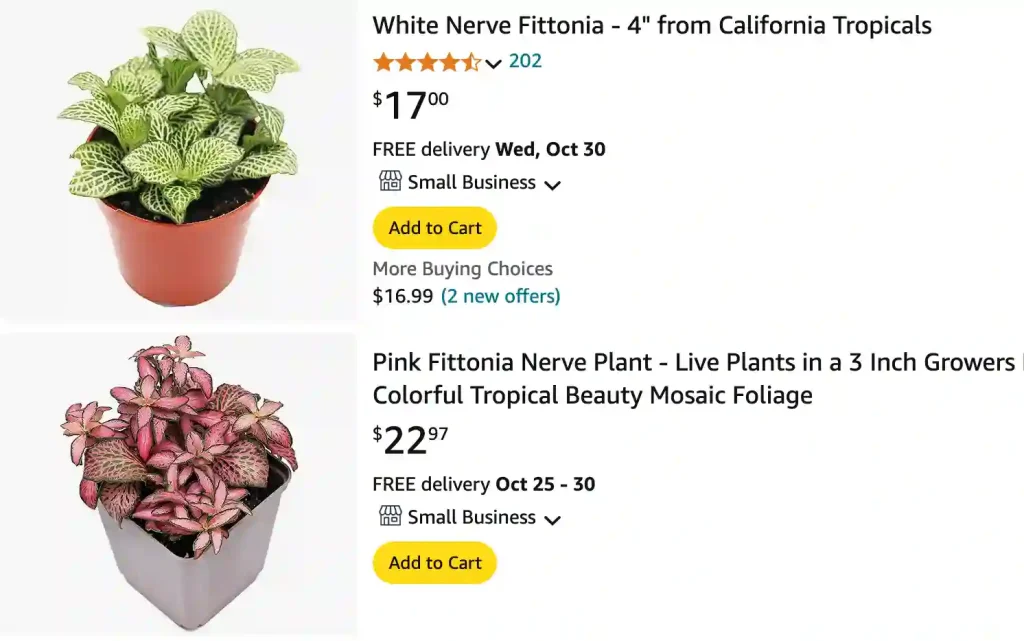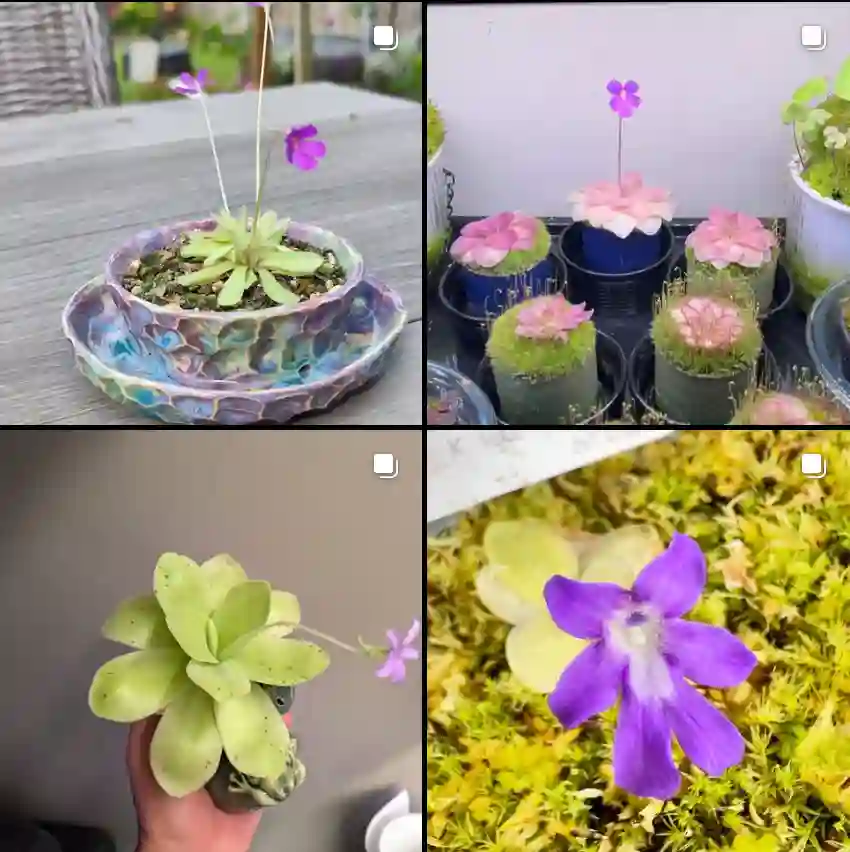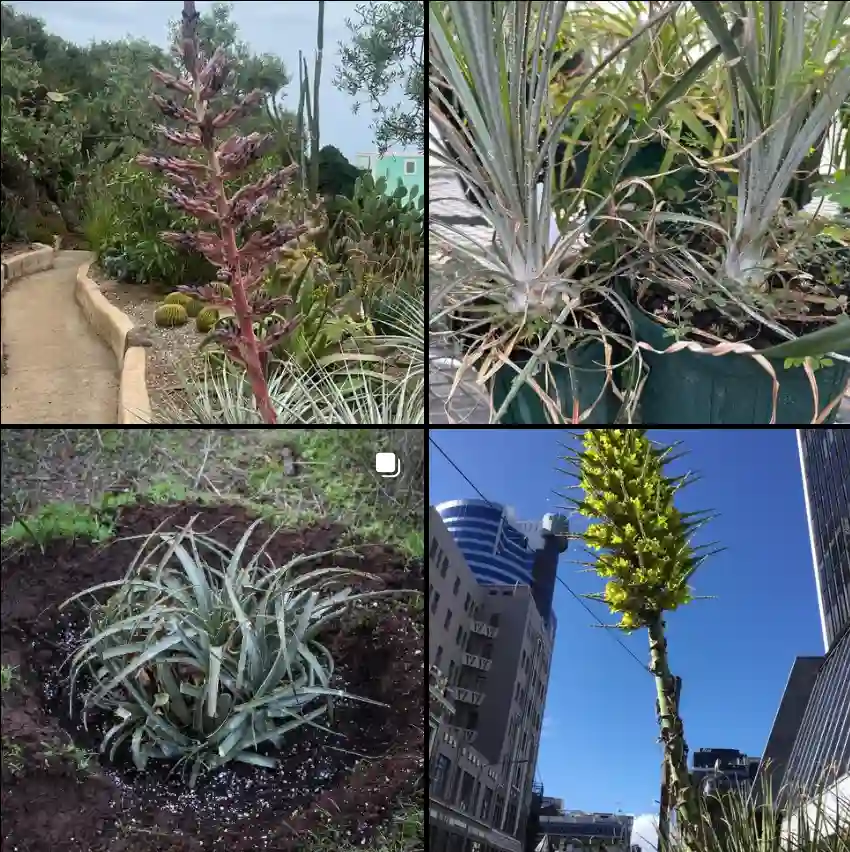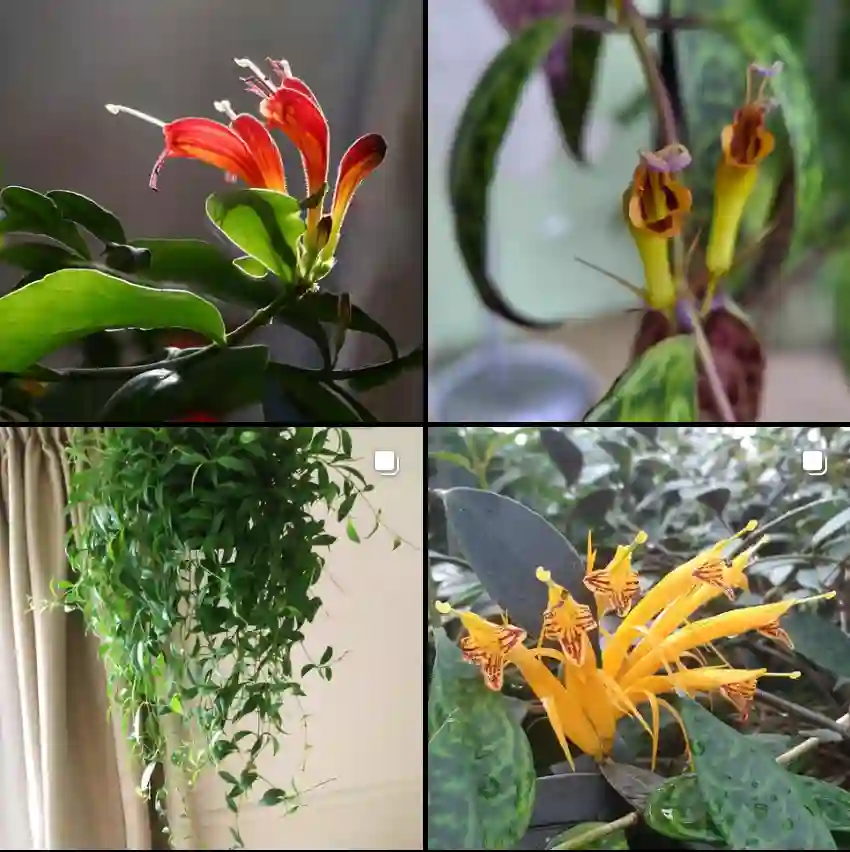
July 5 – Fittonia
"Fittonia, the nerve plant, defines July 5."
Fittonia represents harmony and sensitivity. You are deeply attuned to your surroundings, bringing balance to chaotic situations. Like its intricate leaves, your personality is detailed and beautifully complex.
Fittonia: A Little Plant with Big Personality
Hi, I’m Ferb Vu, and I’ve got a confession to make: I’m a bit obsessed with Fittonia genus, belong to the Acanthaceae family. You might know them as nerve plants, mosaic plants, or even painted net-leaf plants. Whatever you call them, these little guys have completely won me over with their vibrant colors and intricate vein patterns. I mean, have you ever seen anything quite like them?
They’re like tiny works of art, each leaf a canvas for nature’s creativity. And the best part? They’re not nearly as fussy as some of my other houseplant divas.
Why I Love Fittonia?
First off, let’s talk about those leaves. The veins, often white or pink, create a stark contrast against the deep green, red, or even purple of the leaves. It’s like someone took a paintbrush and carefully traced delicate lines across each one. No two leaves are exactly alike, which adds to their charm.
But it’s not just about looks. Fittonia have this amazing ability to tell you exactly what they need. If they’re thirsty, they’ll dramatically faint, their leaves drooping like they’ve given up on life. But don’t worry, a quick drink of water and they’re back to their perky selves within minutes. It’s honestly quite entertaining.
And they’re surprisingly resilient. I’ve accidentally forgotten to water them for a bit too long (oops!), and they’ve always bounced back. They’re like the little engine that could of the plant world.
Fittonia Species
Now, you might be surprised to learn that there are actually only two main species of Fittonia:
- Fittonia albivenis: This is the most common species, and it comes in a wide variety of colors and vein patterns. Some of my favorites include ‘Frankie’ with its stunning pink veins, ‘Red Anne’ with its deep red leaves, and ‘White Anne’ with its crisp white veins. Plant FAQs: Fittonia Albivenis
- Fittonia gigantea: As the name suggests, this species gets much larger than Fittonia albivenis. It can grow up to two feet tall and has larger, more oval-shaped leaves.
But within these two species, there are countless cultivars and varieties, each with its own unique personality. It’s like a never-ending treasure hunt trying to find them all!
Fittonia Varieties
1. Fittonia Albivenis
2. Fittonia Argyroneura
3. Fittonia Gigantea
4. Fittonia Rosa
5. Fittonia Frankie
6. Fittonia Red Vein
7. Fittonia White Anne
8. Fittonia Lemon
9. Fittonia Mont Blanc
10. Fittonia Mosaic White Tiger
11. Fittonia Mosaic Kings Cross
12. Fittonia Superba Lemon
13. Fittonia Fortissimo
14. Fittonia Pink Angel
15. Fittonia Mini White
16. Fittonia White Angel
17. Fittonia Pink Anne
18. Fittonia Red Anne
19. Fittonia Black Star
20. Fittonia Verschaffeltii
21. Fittonia Mania
22. Fittonia Grey Sensation
23. Fittonia Verschaffeltii Pink
24. Fittonia Pink Star
25. Fittonia Red Star
Nerve Plant Care: My Personal Journey
As I embarked on my journey with Fittonia, I quickly realized that this plant required a unique set of care instructions. Here are some crucial aspects I’ve learned to consider:
1. Light: Fittonia thrives in bright, indirect light, making it ideal for north or east-facing windows. It’s essential to avoid exposing it to direct sunlight, as this can lead to leaf burn.
2. Soil: Fittonia prefers a standard potting soil mix with a base of peat moss. Maintaining a slightly acidic soil pH (around 6.5) is crucial. The soil should retain some moisture while allowing for proper drainage.
3. Water: Keeping the plant consistently moist is a challenge, but it’s necessary. Fittonia is prone to collapsing if it dries out, so it’s essential to water it thoroughly when the top 50% of the soil is dry. On the other hand, overwatering can lead to yellowed and limp leaves, so finding the right balance is key.
4. Temperature and Humidity: Fittonia thrives at temperatures around 70°F but can tolerate a range from the low 60s to low 80s. Maintaining high humidity levels is crucial, similar to the conditions found in rainforests. Regular misting or the use of a room humidifier can help achieve this.
5. Fertilizer: During the growing season, I feed my Fittonia weekly with a diluted liquid fertilizer formulated for tropical plants. A balanced 5-5-5 fertilizer at half strength works well.
6. Pruning: Fittonia can grow quickly under the right conditions, and if the stems become leggy, pinching off the tips helps maintain a full and bushy growth. Removing insignificant flower buds also promotes lush foliage.
7. Propagation: Nerve plants propagate easily from stem-tip cuttings taken during late spring or early summer. Ensuring there are at least two growing nodes on the cutting and potting it in a peat-based soil mix are essential steps in successful propagation.
8. Potting and Repotting: Fittonia can be potted in any standard potting soil mix with bottom drainage holes. Repotting annually in spring or early summer with fresh soil helps prevent soil compaction and waterlogging.
Common Pests and Problems:
Fittonia can face issues like fungus gnats, mealybugs, or aphids. Immediate treatment with insecticidal oil is crucial, along with isolating affected plants to prevent infestations from spreading. Other common problems include yellowing leaves due to overwatering and leaf drop caused by cold temperatures or drafts.
FAQs: Answering Your Fittonia Questions
Are nerve plants easy to care for?
Nerve plants aren’t difficult to care for, but they can be temperamental due to their need for high humidity and a tropical climate. Maintaining the right conditions, such as temperature and moisture levels, is essential.
Can nerve plants grow indoors?
Yes, nerve plants thrive indoors, making them suitable for most households, except for those in USDA hardiness zone 11 or higher.
How fast do nerve plants grow indoors?
Nerve plants are slow-growers when cultivated indoors, making them ideal for smaller spaces and indoor environments.
Conclusion
My journey with Fittonia has been a rewarding experience despite the challenges it posed. This charming houseplant has taught me valuable lessons in patience, attentiveness, and the importance of creating a suitable microclimate within my home. While Fittonia may require extra care compared to some low-maintenance plants, the effort is undoubtedly worth it for the beauty and character it adds to any indoor space. Whether you’re a seasoned plant enthusiast or just starting your green journey, consider adding a Fittonia to your collection and embark on your unique adventure with this captivating nerve plant.
If i die, water my plants!



